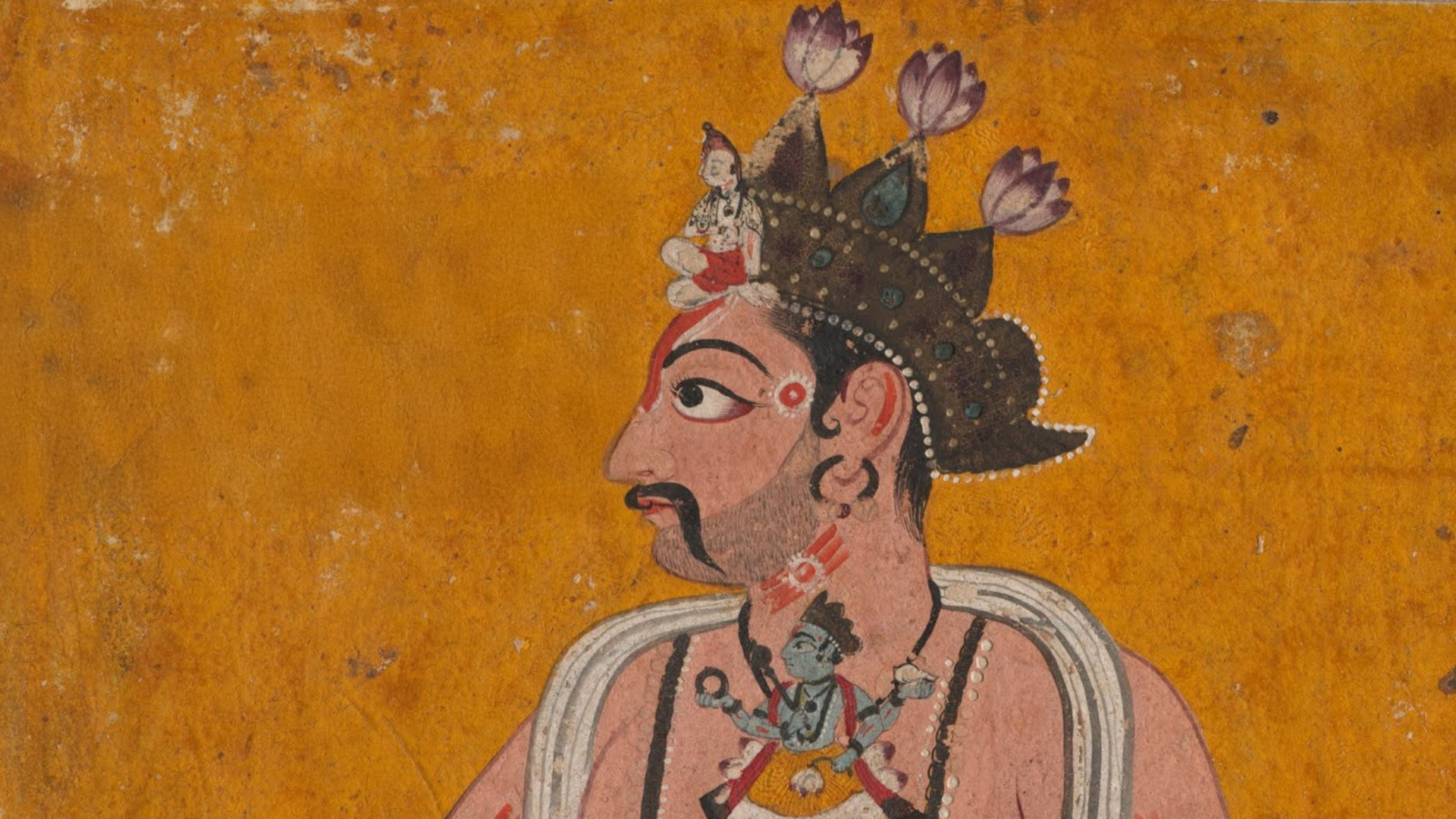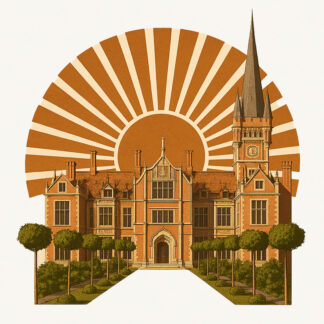Raja-Yoga, as presented by Ram Chandra, also known as Babuji, the founder of the Shri Ram Chandra Mission (SRCM) and the Sahaj Marg (“Natural Path”) system, is like a gentle whisper of the heart guiding toward spiritual unity. Unlike traditional Patanjali’s Raja-Yoga, which is based on the principles of Ashtanga Yoga, Babuji’s teaching invites meditation through the heart, harnessing the power of thought (thought power) and the energy transmitted by a teacher (pranahuti). In his system, human consciousness journeys through 13 subtle nodes (knots), which symbolize blocks of consciousness or karmic imprints (samskaras) that must be “untied” to merge with the Absolute. These nodes, distributed across three regions—heart, mind, and central—are like beacons on a spiritual journey, leading from material existence to divine peace. In this article, we invite you to discover the meanings of these 13 nodes, their gifts of harmony, and the challenges of disharmony, opening the path to the soul’s freedom.
Ram Chandra’s Raja-Yoga system is based on the idea that human consciousness evolves through three main regions: the Heart Region (Heart Region), the Mind Region (Mind Region), and the Central Region (Central Region). Each of the 13 nodes represents a specific state of consciousness or spiritual stage, guiding toward the ultimate goal—union with Bhuma, the Absolute Reality. These nodes are not strictly tied to physical points in the body but rather to subtle energetic nodes that are opened through meditation, cleansing practices, and the teacher’s assistance. Babuji,…




